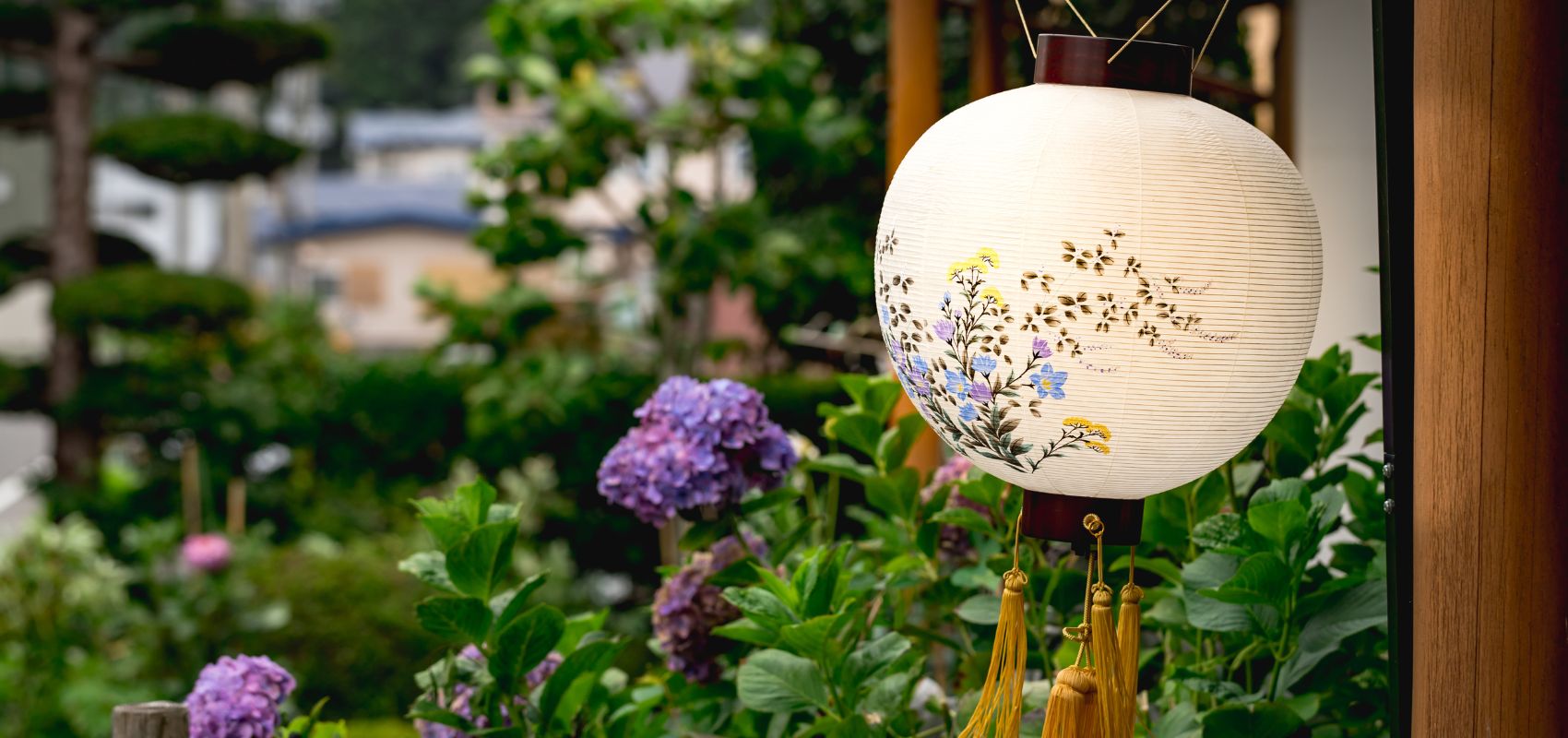Obon Celebration in Japan
Obon is a series of days spent honoring the memory of deceased ancestors.
The first mention of the Obon festival in Japan dates back to around the 7th century.
When is Obon celebrated?
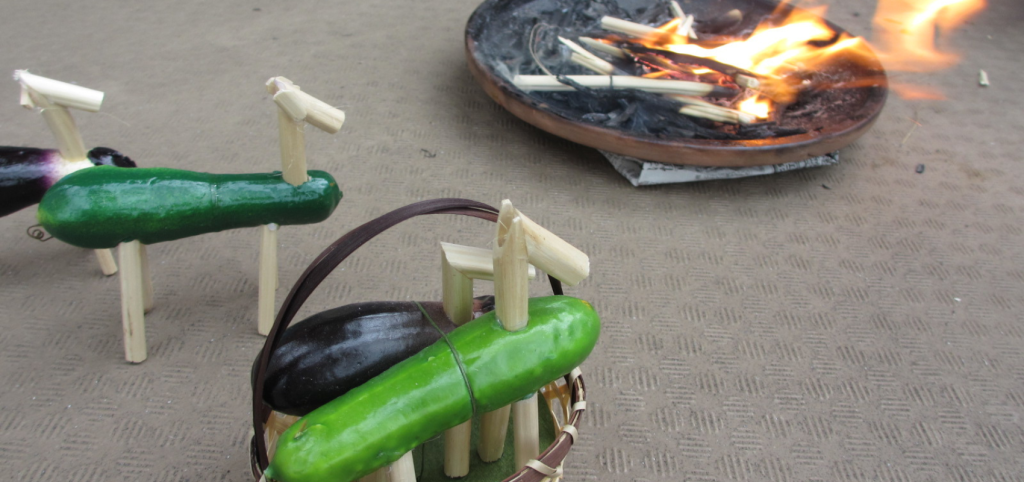
The Obon period is usually 4 days from August 13 to 16 (August Bon), but in some areas, including Tokyo, it is held for 4 days (July Bon) from July 13 to 16.
It can also be held from July 31 to August 2 in Tama Ward, Tokyo, and from mid-August to early September in Okinawa Prefecture.
Ho
How is Obon celebrated?
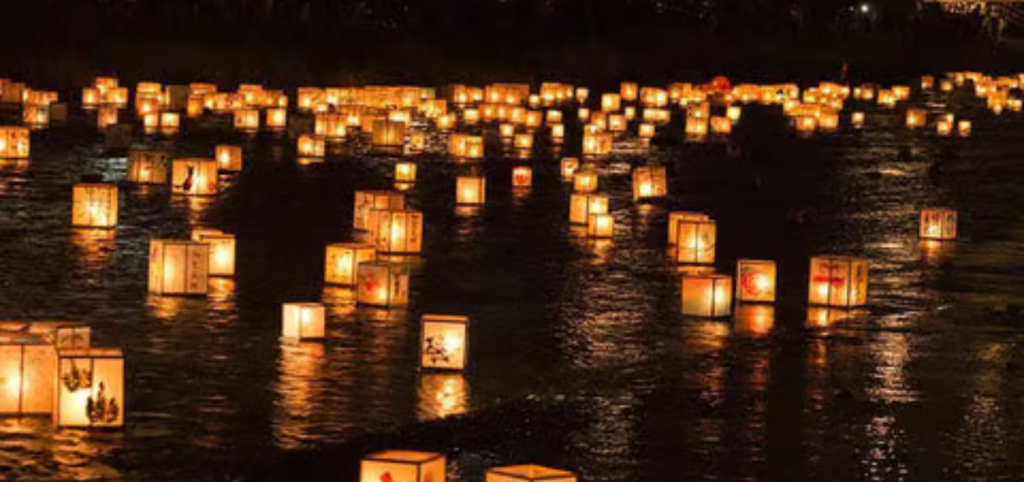
A memorial service is held at a temple.
To please the deceased, special decorations are bought or made, such as Obon lanterns, cows, and horses made from cucumbers and eggplants.
Graves of ancestors are visited.
Obon Celebration Schedule
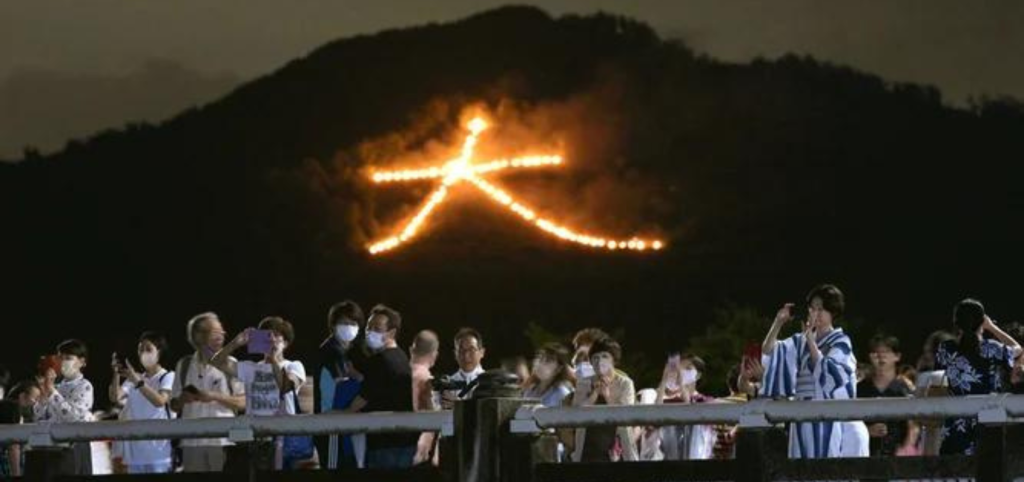
On August 7 (nanukabon()) the cemetery is cleaned and the home altar is cleaned.
August 12 (bon'ichi()) is the time to visit special temporary fairs where you can buy everything you need for Obon.
August 13 (mukaebon()) is the time to welcome the souls of ancestors. A special shelf is decorated in houses, and in the evening, the cemetery is visited. On this day, it is customary to light a welcoming fire, mukaebi(), at the entrance to the house, garden, or grave. This serves as a landmark for the spirits of the ancestors so that they can find their way home. Houses are decorated with paper lanterns. Ordinary lanterns with patterns are combined with white lanterns called "Shiromonten" as a landmark for the dead.
On August 14 and 15, the souls of ancestors stay to visit people. They are appeased with offerings. The spirits visit the shelf prepared for them. The five main offerings to the deceased are "incense, flowers, lanterns or candles, water, food and drink. Relatives and those close to the deceased meet for dinner at home, in a memorial service hall or in a restaurant.
On August 16, okuribi bonfires are burned. It helps the souls of ancestors return to the afterlife.
Cleaning up the Obon decorations is often done immediately after the end of the festival.
The most beautiful traditions of Obon
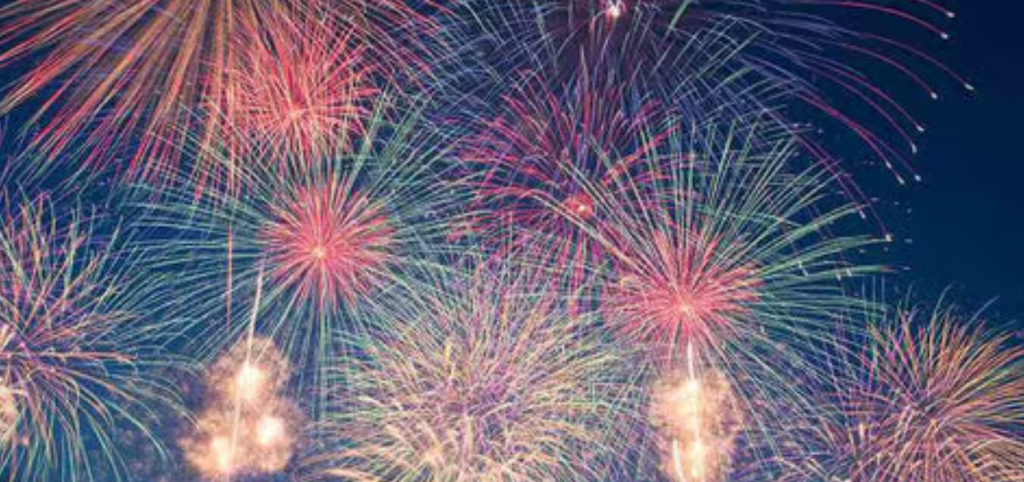
Kyoto Daimonji-yaki
Every year in Kyoto on the night of August 16, a traditional event called "Daimonji-yaki" is held. This custom is registered in the intangible folk cultural property of Kyoto. Huge farewell fires in the form of hieroglyphs (gozan okuribi) are lit in the mountains.
Bon Dance
The Bon Dance is intended to welcome and comfort the spirits of the dead.
Spirit Flow
Toronagashi ends Obon. As darkness falls, Japanese dressed in yukata lower lit lanterns onto the water of the Sumida River along a specially installed conveyor. Illuminated by the light of thousands of lanterns, the river turns into a glowing road, showing the souls the way back to the other world.Fireworks
For 300 years, a fireworks festival has been held in Kumano. On the evening of August 17, a fantastically beautiful show begins over the seashore.


